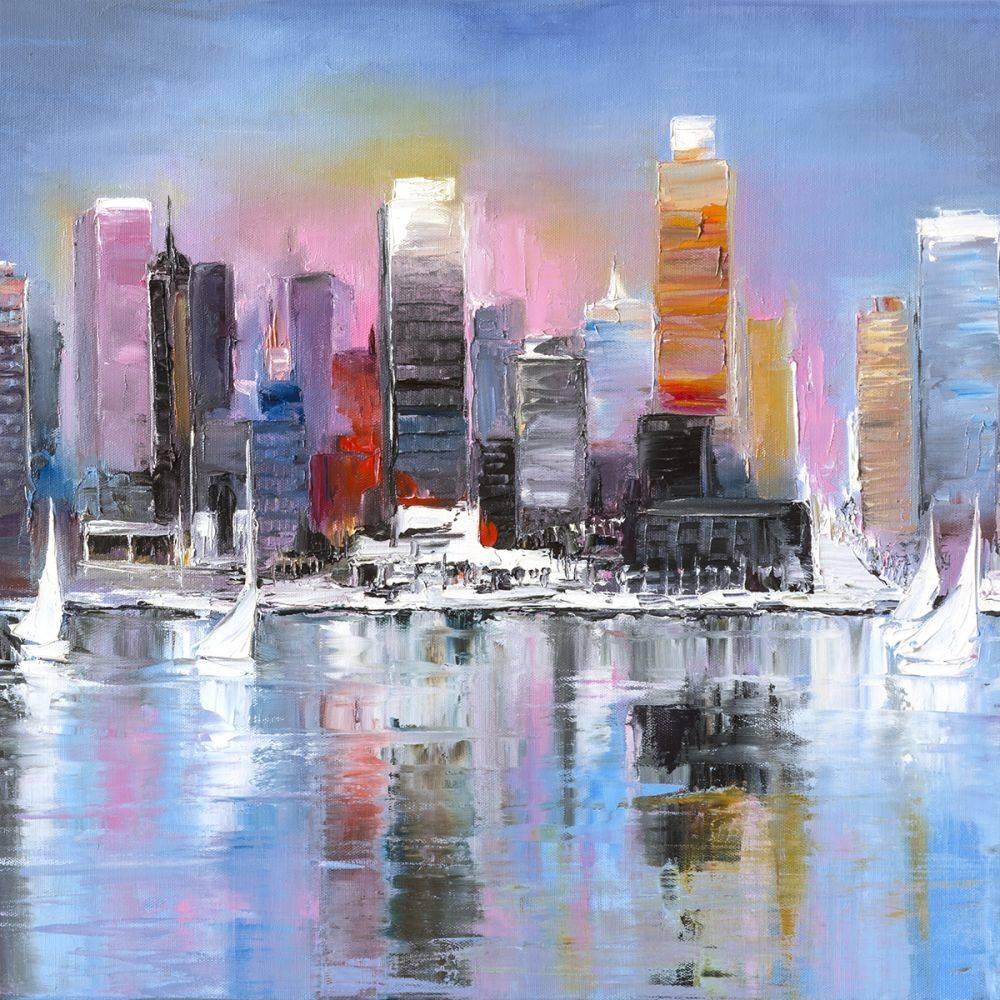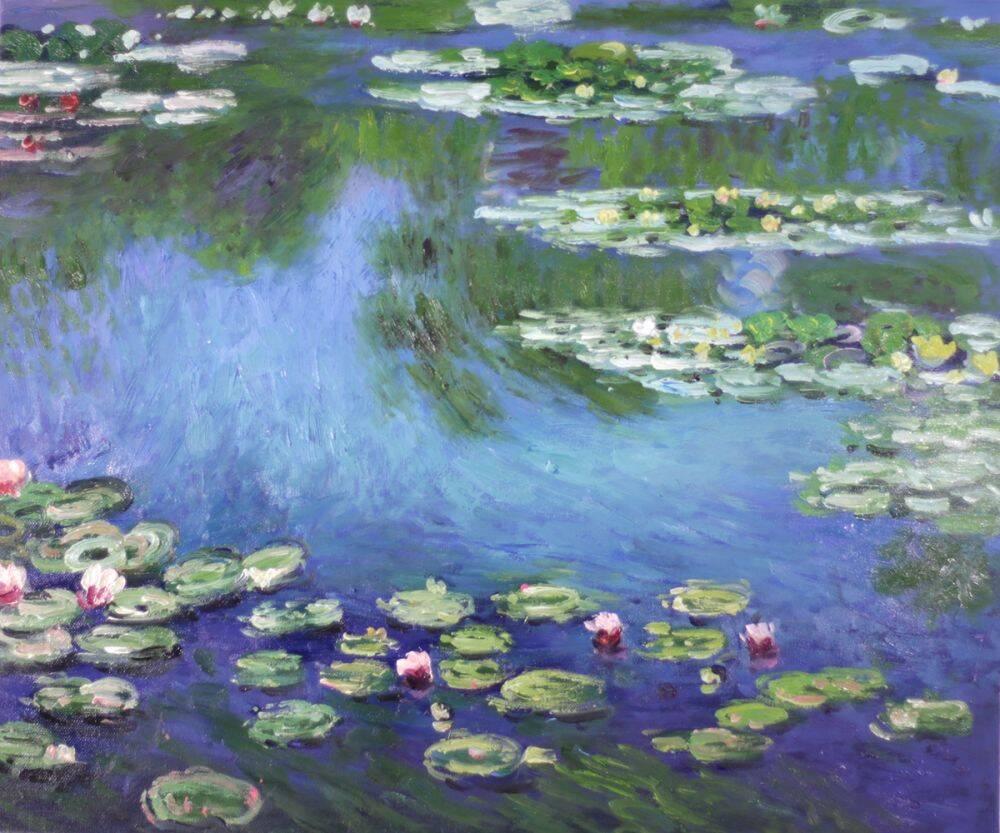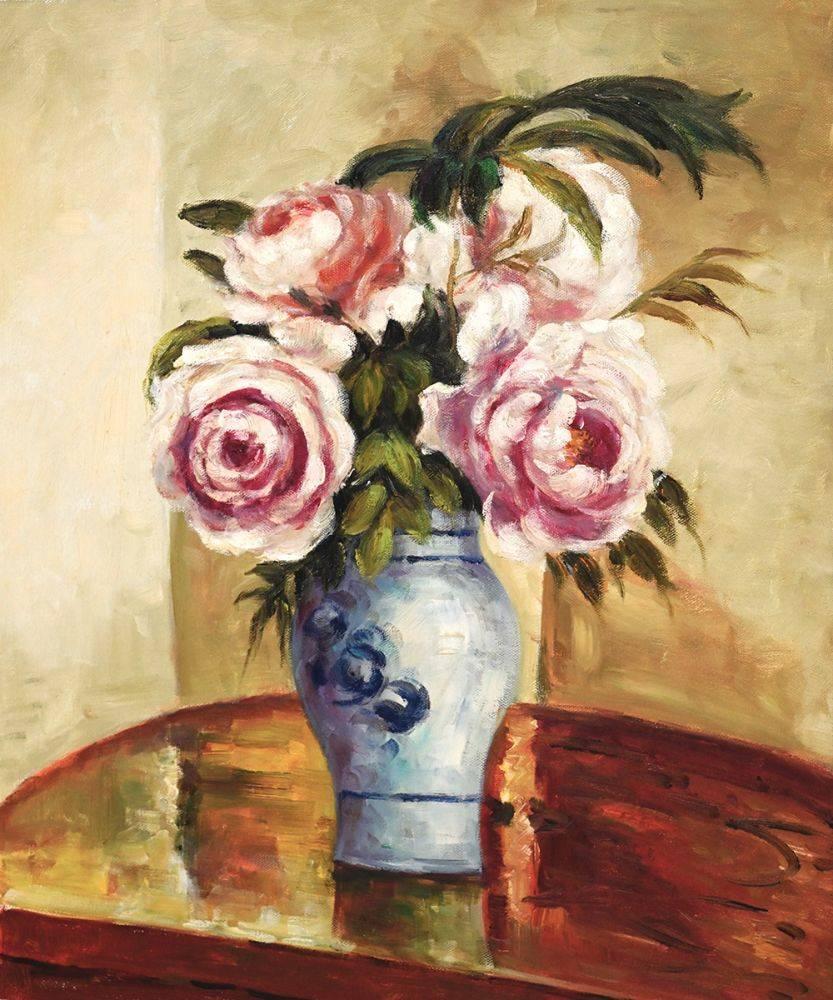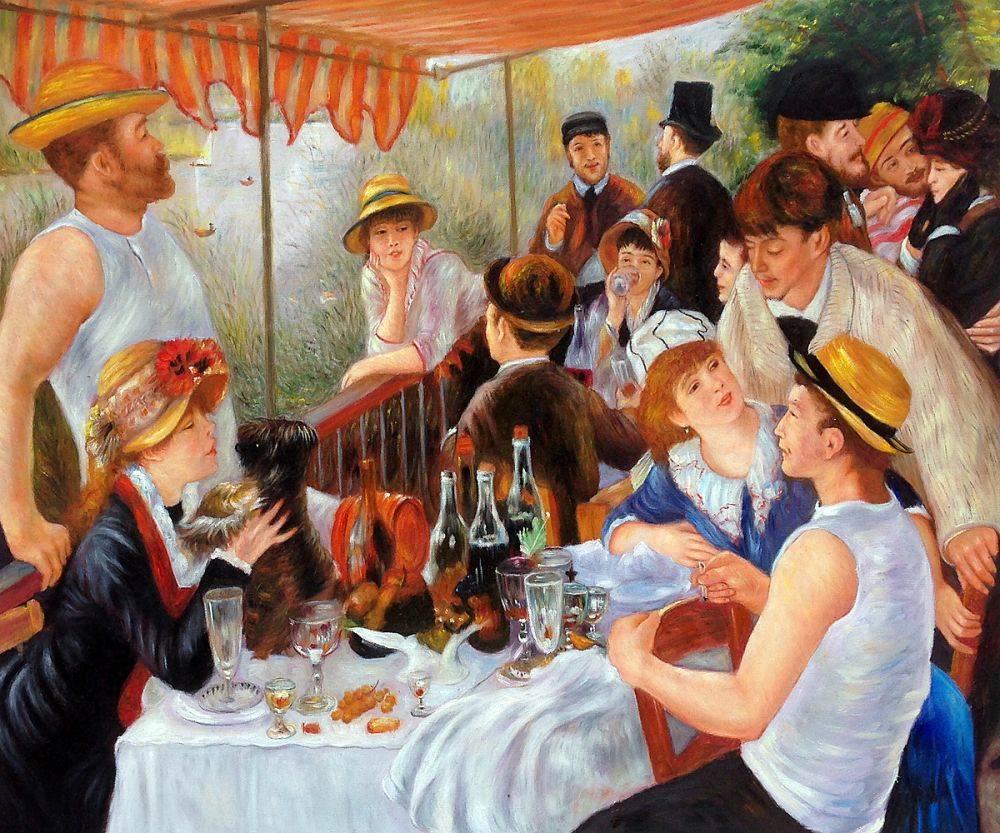Art
Top 5 Most Famous Stolen Art Masterpieces
 Just because it’s in a museum doesn’t make it 100% safe. From the Nazi lootings to the legendary 1990 Boston art heist, people have managed to get away with some truly remarkable pieces of work.
Just because it’s in a museum doesn’t make it 100% safe. From the Nazi lootings to the legendary 1990 Boston art heist, people have managed to get away with some truly remarkable pieces of work.
Most of the blame can be placed on museums relying far too heavily on electronic alarm systems. It makes sense, in a way, when we live in a world with services like HomesSecurity.com and other alarm system providers popping up all over the place. That’s why many museums now employ docents or guards, in addition.
These new measures have effectively cut back on art theft. However, they do little to replace what has already been lost. Today, we’re going to talk about some of these lost masterpieces. Some you may have heard about and some you may not have – some have been recovered while some remain lost.
“The Scream” (Der Schrei der Natur) – Edvard Munch – 1893
 Perhaps the most famous piece of work on the list as far as art thefts go, The Scream has been the target of multiple high-profile thefts. There was the theft on February 22, 1994 (same day as the opening of the 1994 Winter Olympics in Lillehammer) and the theft of the 1910 tempera on board version on August 22, 2004. Thankfully, both instances ended with the apprehension of the suspects and the recovery of the works.
Perhaps the most famous piece of work on the list as far as art thefts go, The Scream has been the target of multiple high-profile thefts. There was the theft on February 22, 1994 (same day as the opening of the 1994 Winter Olympics in Lillehammer) and the theft of the 1910 tempera on board version on August 22, 2004. Thankfully, both instances ended with the apprehension of the suspects and the recovery of the works.
Mona Lisa – Leonardo da Vinci – 1503
 The Mona Lisa is not only a painting, it’s also an icon. It is, for many people, a quintessential piece of fine art – THE piece. However, some would dispute that its popularity was due largely in part to the theft that occurred in 1911 – when it was plucked straight out of the Louvre. Many were implicated and brought in for questioning including famous French poet Guillaume Apollinaire and world-renown surrealist Pablo Picasso. In the end, however, it was revealed to be a Louvre employee by the name of Vincenzo Peruggia. It would be two years before the iconic painting was finally recovered.
The Mona Lisa is not only a painting, it’s also an icon. It is, for many people, a quintessential piece of fine art – THE piece. However, some would dispute that its popularity was due largely in part to the theft that occurred in 1911 – when it was plucked straight out of the Louvre. Many were implicated and brought in for questioning including famous French poet Guillaume Apollinaire and world-renown surrealist Pablo Picasso. In the end, however, it was revealed to be a Louvre employee by the name of Vincenzo Peruggia. It would be two years before the iconic painting was finally recovered.
The Storm on the Sea of Galilee – Rembrandt Harmenszoon van Rijn – 1633
The Storm on the Sea of Galilee was one of thirteen pieces of art stolen during the famed Boston art heist of 1990. Painted by Rembrandt, it depicts the miracle of Jesus calming the waves as described in the Gospel of Mark. It was especially rare and valuable since it was Rembrandt’s only seascape painting and, many believe, that somewhere in there Rembrandt may have painted himself amongst the fourteen people clamoring for safety aboard their boat. The current whereabouts of this painting since the museum heist are, unfortunately, unknown.
The Concert – Johannes Vermeer – 1664
The Concert depicts a group of musicians: a woman playing a harpsichord, a man holding a lute and another woman singing. Many believe it was meant to convey the sense of love or seduction due to both the musical theme and the presence of another famous painting WITHIN this painting known as The Procuress. It’s also another piece stolen during the heist in Boston. It was considered to be the most valuable one of the bunch with an estimated value of over $200,000,000. It, along with the 13 other pieces, has yet to be recovered.
Poppy Flowers – Vincent van Gogh – 1887
Also referred to as “Vase and Flowers” or “Vase with Viscaria,” Van Gogh managed to capture the attention of the viewer with contrasting colors. The bright yellow and red poppies really bounce off the dark background, lending a sort of energy and liveliness to what would have otherwise come off as an unremarkable still life. Valued at around $50 million, it was stolen once from Cairo’s Mohammed Mahmoud Khalil Museum in 1977 (where it was recovered in Kuwait ten years later) and, again, in 2010 from the same museum. Believed to be painted in 1887, three years prior to Van Gogh’s suicide, it has yet to be recovered.




